The heart is the source of human power.
Just like the engine lying in the car
Each cylinder body is like an atrial Ventricular
Is a place to do work
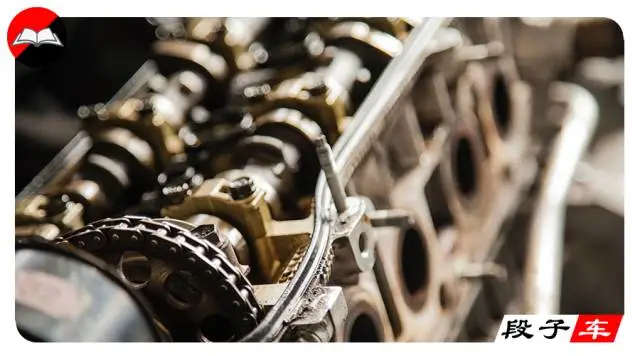
Some people can't help asking:
Above the engine stick"
Why is there no heart?


If there is a stick on the heart,
Hurry to the hospital and take it out!
Seriously
"Stick" on the engine"
Scientific name is [camshaft]]
English name Overhead camshaft
(OHC)
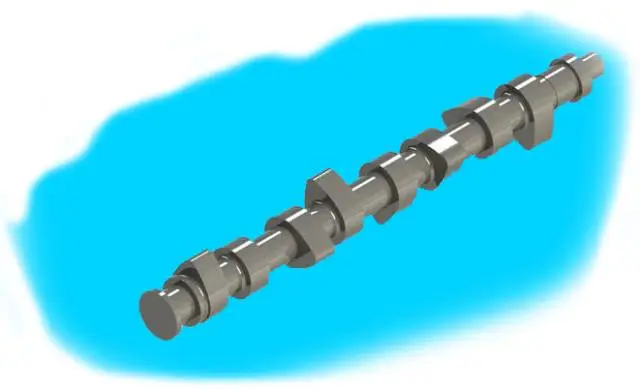
Normal breathing of the engine
Can't be missing camshaft
Plain
Is to control the intake and exhaust
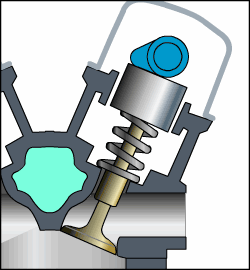
"Bulge" on camshaft"
Is rhythmic control
Valve opening and closing time
The piston movement can be successfully completed.
Timing Belt/chain
Is the major artery of camshaft operation
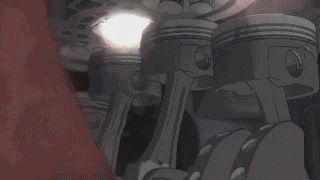

[Single overhead camshaft]]
(SOHC)
That is, there is only one camshaft within cylinder cover.
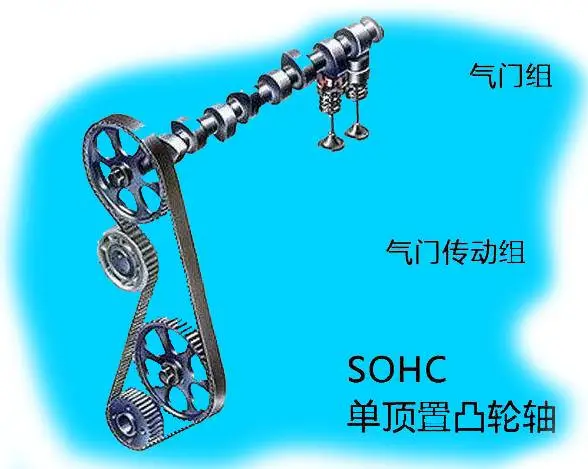
Single overhead camshaft design
In-line cylinder engine only needs one
Two V-cylinder engines are required.
Camshaft can be directly (2 valves per cylinder)
Or through rocker arm (4 valves per cylinder)
Control valve opening and closing

Compared with push rod structure
Many reciprocating parts are reduced
Overhead camshaft design is more compact
Simplified gas distribution structure
Improve engine power output
Relative
SOHC engine low twist performance
And better fuel economy
But
Exhaust and exhaust valve
Different positions in the inlet
Accuracy of valve opening and closing time
Will be affected to some extent

[Double overhead camshaft]]
(DOHC)
As the name implies
It is equipped with two camshafts within cylinder cover
Valve spread pattern
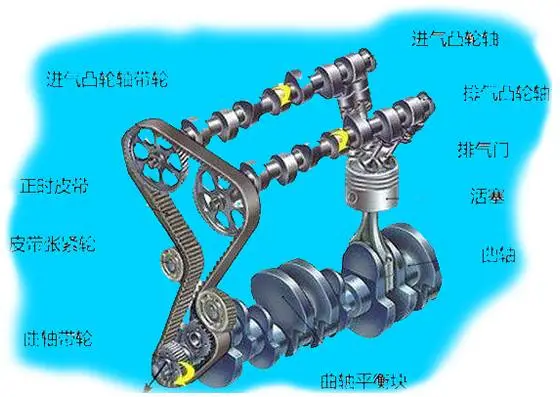
With two camshafts
You can do things more attentively.
One control exhaust
Another control exhaust valve
Double overhead camshaft
Can be directly pushed to the valve
So even rocker arm no need
General DOHC engine
Can have 2/4 camshaft
Because the intake and exhaust
Each has a camshaft control
Usually DOHC engine
Each cylinder can have 3-5 valves
People who can do more work ~
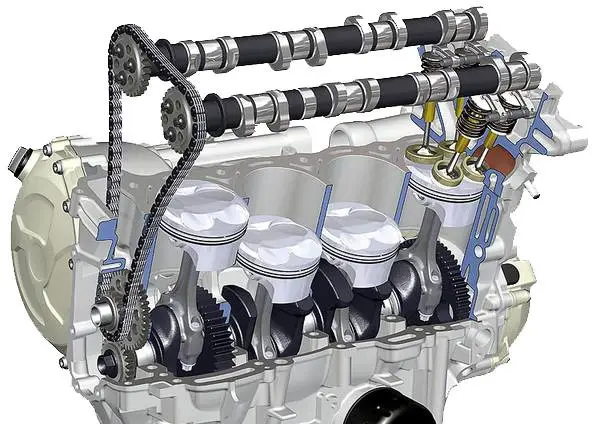
After the division of labor is clear
Double overhead engine can have more valves
Higher intake efficiency
Thick power reserve and slow failure
Strong performance
But
DOHC engine with small displacement
The problem of low torsion will be magnified.
Plus-sized fuel charge required
To make up for the embarrassment of poor oil and gas mixing at low speed
To put it bluntly, it affects fuel consumption.
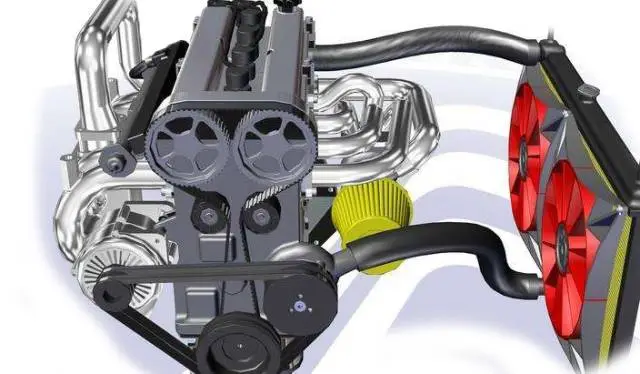

[Who is better]]
Single overhead and double overhead camshaft
Different structures have their own advantages.
The former has better low twist
Relatively simple structure and easy maintenance
The latter technology is more advanced
Higher performance
Low noise and vibration
Actually
There is no need to worry about who is better
After all, the order is square engine
Few and few
BYD F3 is a representative model
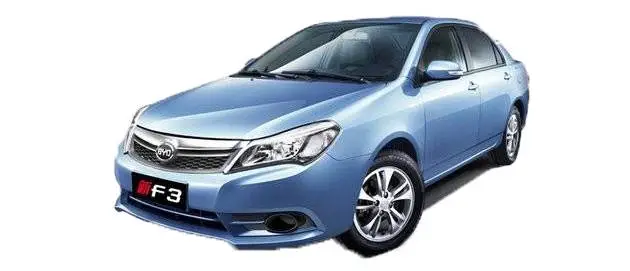
So SOHC is not what you want
I can buy it if I want it

The view of hating iron and steel
Co-developed by koniseger, a super-running brand
[Camshaft-free engine]]
What about QAMFREE technology?
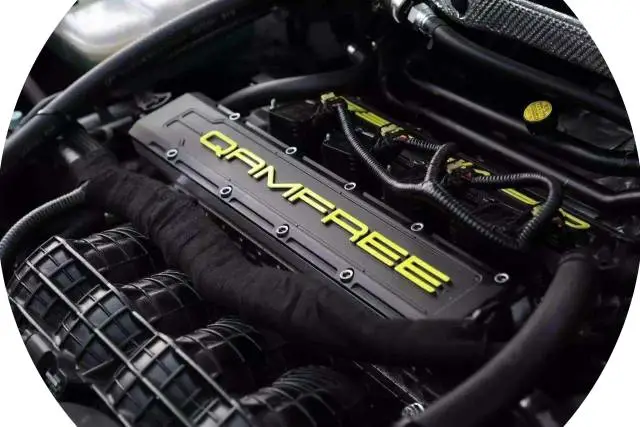
Just cancel the camshaft
As an alternative
Driven by hydraulic and pneumatic systems
Valve actuator
Each valve can be independently controlled
Intake and exhaust of each cylinder
Control more efficiently and accurately
"Closed cylinder" is just a piece of cake
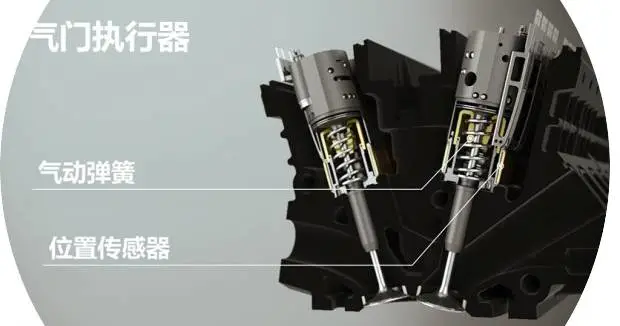
Guanzhi camshaft-free engine
1.6L, 1.6T
Theoretically, it can be improved.
45% power, 47% torque
Reduce fuel consumption by 16%
The characteristic is
Higher intake and exhaust efficiency
Improve power performance and fuel economy
Actually QAMFREE engine
Not really without camshaft
Just electronic OK
So
It should be called
N² +1 square engine